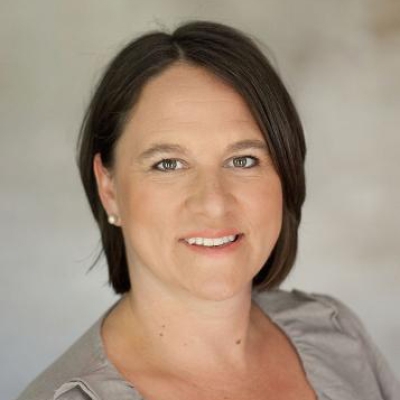In his new book about charter schools, The Founders, Richard Whitmire makes a simple assertion in Chapter 15: “High school is boring.” And judging from the money and expertise that went into making it less boring and just plain better, it’s clear that he and others are onto something.
He uses the chapter about “Summit Basecamp Schools” to introduce and lay out one innovative way some charter schools across the country are beginning to work to redefine the high school experience:
For the past several years, some of the country’s brightest tech minds and wealthiest foundations have joined hands with the White House to solve one of America’s most remedy-resistant problems: High school is boring.
Summit Public Schools, a group of charter schools known for their innovation, teamed up with Facebook code writers to develop a personalized learning software tool. Rhode Island signed on as an early adopter, and Whitmire spent some time visiting. Now in its second year, there are thirteen Summit Basecamp schools in the Ocean State, all of which are using Summit’s personalized learning plan created for all subjects in grades six through twelve.
The Basecamp model is designed around a commitment to self-directed learning. Students are able to work at their own pace and aren’t limited by what their classmates are, or aren’t, doing. At a glance, students (and their teachers) know that projects in red are still due and projects in blue have been completed.
Whitmire describes his own visit to a Basecamp school, Blackstone Valley Prep, and spells out for his readers what this personalized model looks like in real time through the eyes of a student.
The heart of the software, everyone agrees, is the steady, vertical “pacer line” that cuts through all the projects. That shows students where they stand on each assignment and whether they are ahead of or behind schedule—creating a benchmark even as students are allowed to move at their own speed.
What silos?
Neither Summit Public Schools nor even Mark Zuckerberg likely had district-charter collaboration in mind as a goal when they were developing the Summit Basecamp model, but it has certainly turned out to be a welcome surprise in Little Rhody. Whitmire didn’t have it on his mind when he wrote the book either but it’s worth mentioning because it’s a big deal.
Of the thirteen schools currently participating in Summit Basecamp in Rhode Island, four are charter schools and nine are traditional district schools. Teachers and school leaders are working together to solve problems, share ideas, and improve outcomes for kids and the governance model of one another’s schools is the furthest thing from their minds.
As an assistant superintendent for Woonsocket Public Schools said, “This district-charter collaboration turned us from competitors to colleagues.”
A new way of doing school
Becoming a self-directed learner is not easy in the beginning for some students. Many high schoolers are accustomed to having information fed to them and then being told exactly what to do with it. The transition to personalized learning can be a struggle as students become the drivers of their learning and their projects. Perhaps this is where the term “grit” could be applicable; the kids who resist have to persevere through the adjustment period.
And they do.
Donna Stone, who runs the Summit Basecamp in Rhode Island, shares the story of a tenth-grader who hated the new model. He was used to just sitting at his desk and having material delivered to him. And he liked it that way, or at least he thought he did. Yet this year, as an eleventh-grader, he is enthusiastic about the work. But there was no “aha moment.” His transformation took time and effort. But even he will tell you it was well worth it.
Basecamp Schools all place great importance on the mentoring component of the model. Staff serve as mentors, and every Summit student has a one-on-one meeting with their mentor weekly. During this time, they discuss short- and long-term goals.
“It’s about giving students ownership and responsibility. The adults have the role of facilitating learning and mentoring and guiding,” said Diane Tavener, Summit Public Schools’ founder and CEO, in Whitmire’s book.
Even Tavener is quick to say that there is no “one” model: “We are moving into an environment of continuous improvement…the model is forever changing and adapting.”
And while she may be most focused on charter schools, her words are applicable to all high schools working to prepare their students in a way that will not only make their diplomas more meaningful but will have them ready to succeed in higher education and the workforce.
Author’s note: In full disclosure, two of my children attend one of Blackstone Valley Prep’s elementary schools, but it is not a Summit Basecamp school.
Erika Sanzi is a former decade-long educator, a former school committee member, a mother of three young sons, and an education advocate who consults for Education Post and writes at Good School Hunting.
Editor’s note: This article originally appeared in a slightly different form on Education Post.




